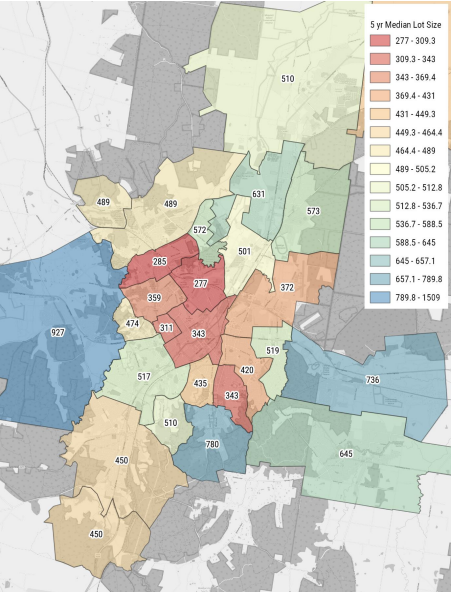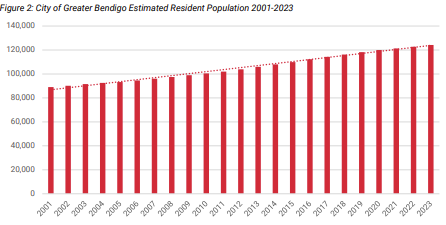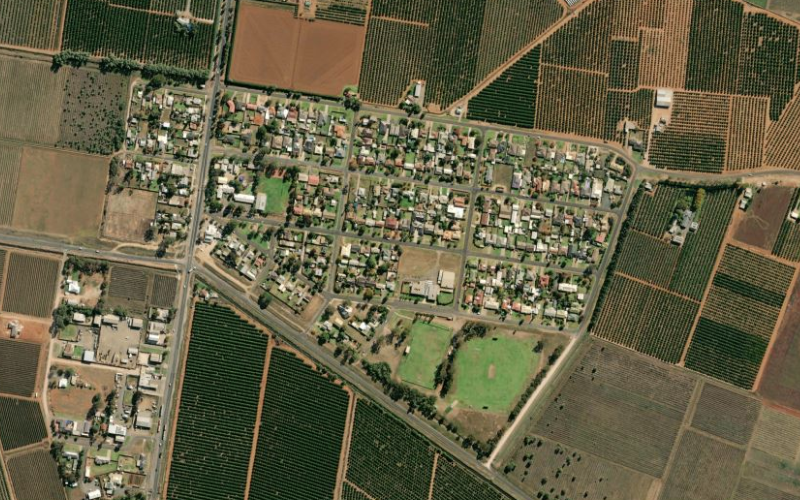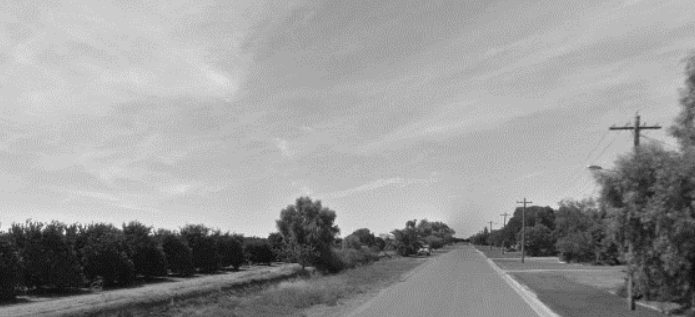Greater Bendigo Housing Capacity Analysis
The City of Greater Bendigo is home to a growing population and infrastructure sector.Date
September 02, 2024
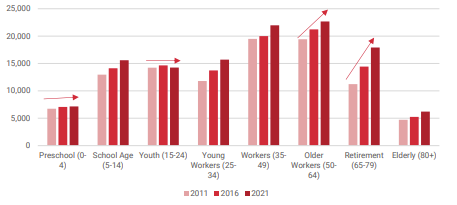
Greater Bendigo Housing Capacity Analysis
Strategy & EngagementBackground
The City of Greater Bendigo (CoGB) is situated in north-central Victoria, approximately 150km north-west of Melbourne CBD. CoGB has experienced steady growth since the turn of the 21st Century, with the official estimated resident population in Jun 2023 being 124,174. This is an increase of over 35,000 people since 2001 when the population was estimated at 89,071. In order to identify land that has the capacity to accommodate additional housing, an independent assessment of housing capacity across Bendigo’s urban area and larger townships is required.
Project Goals
The housing capacity assessment will use a GIS property-based model to filter and identify land that can accommodate additional housing. Yields will be based on calculations that utilise recent development data to determine median lot sizes for each suburb and township and factors including location, proximity to services, and the availability of land. The purpose of this report is to support the refinement of the Greater Bendigo Managed Growth Strategy (MGS) and guide future amendments to the planning scheme, ensuring alignment with local government housing targets set by the Victorian Government.
REMPLAN’s Involvement
REMPLAN was engaged by the City of Greater Bendigo to provide an independent assessment of housing capacity across Bendigo’s urban area and its larger townships. REMPLAN uses its inhouse software suite to analysis the population and dwelling growth, development trends, and create a GIS Property-Based Model.
Results
The comprehensive assessment provided as part of this project offers an important tool for strategic planning, highlighting substantial opportunities for housing expansion in Bendigo and its surrounding townships. By aligning policy frameworks with identified capacity and demographic trends, Greater Bendigo can effectively manage its growth trajectory to meet future residential needs. As such, this report estimates that the CoGB has the potential capacity for over 53,000 dwellings in existing residential zoned land, 40,000 dwellings within the ‘infill’ suburbs, 10,000 in ‘growth area’ suburbs, and a capacity of 3,000 dwellings across sewered townships.



